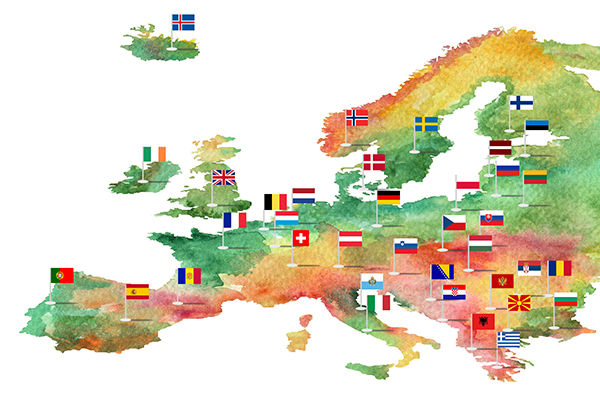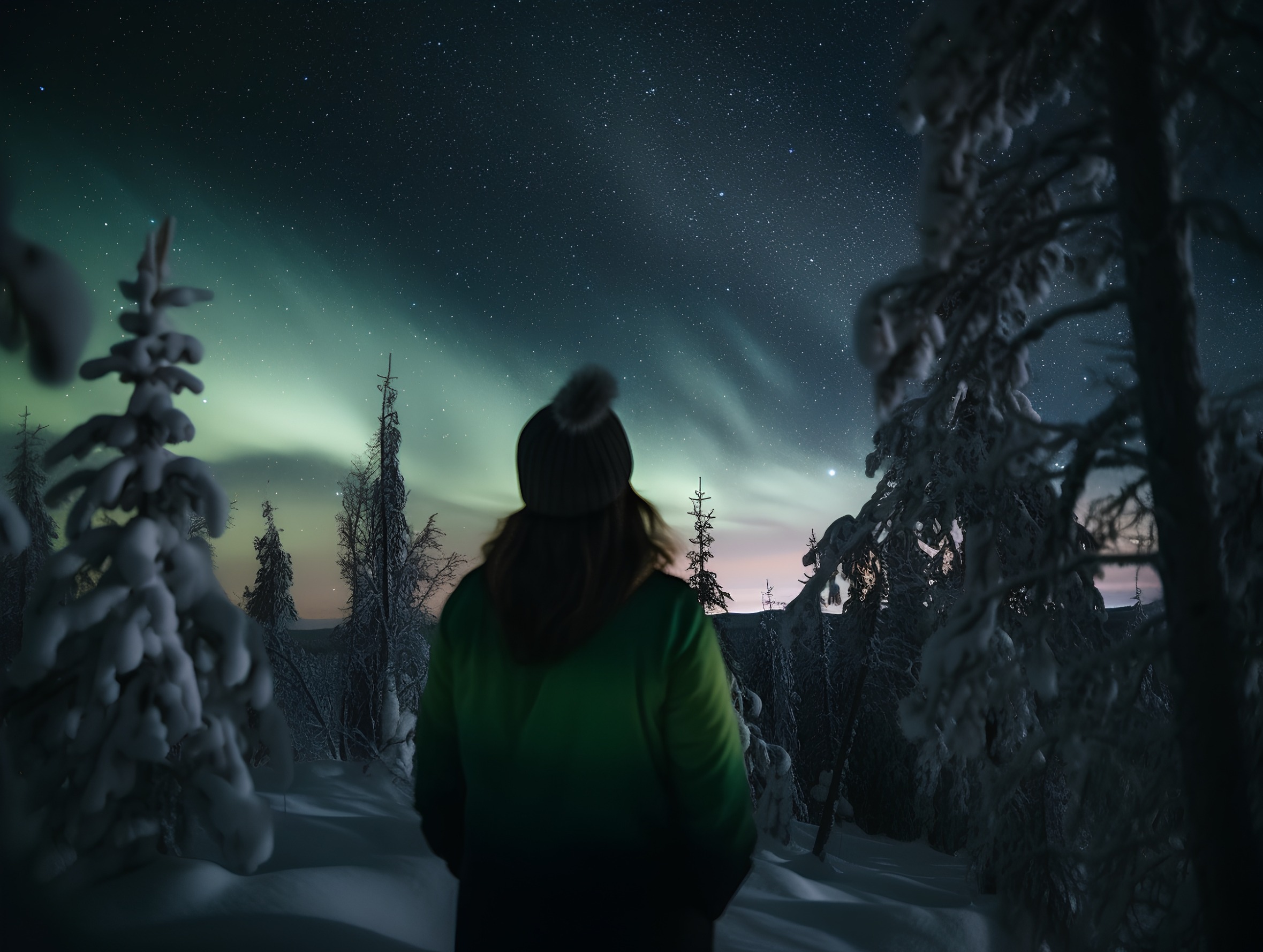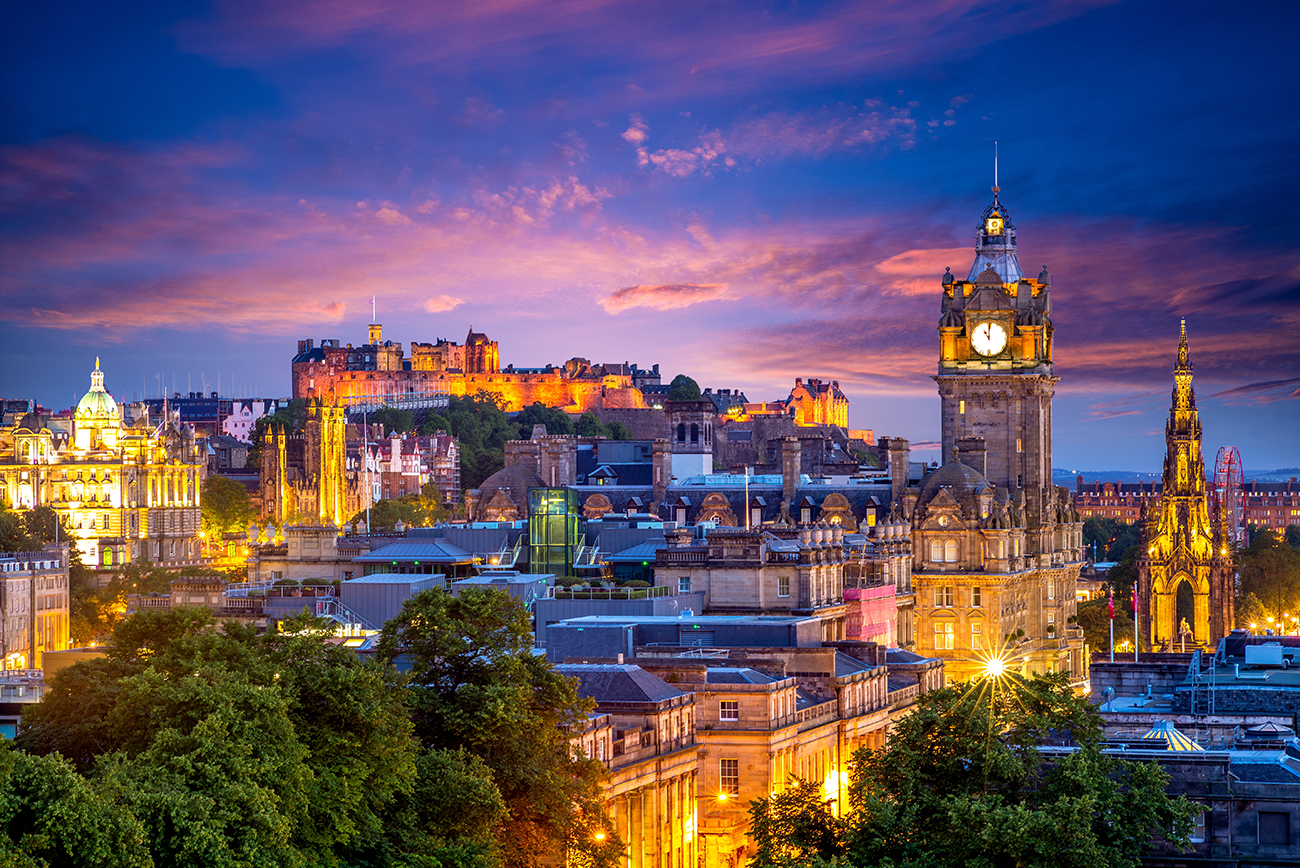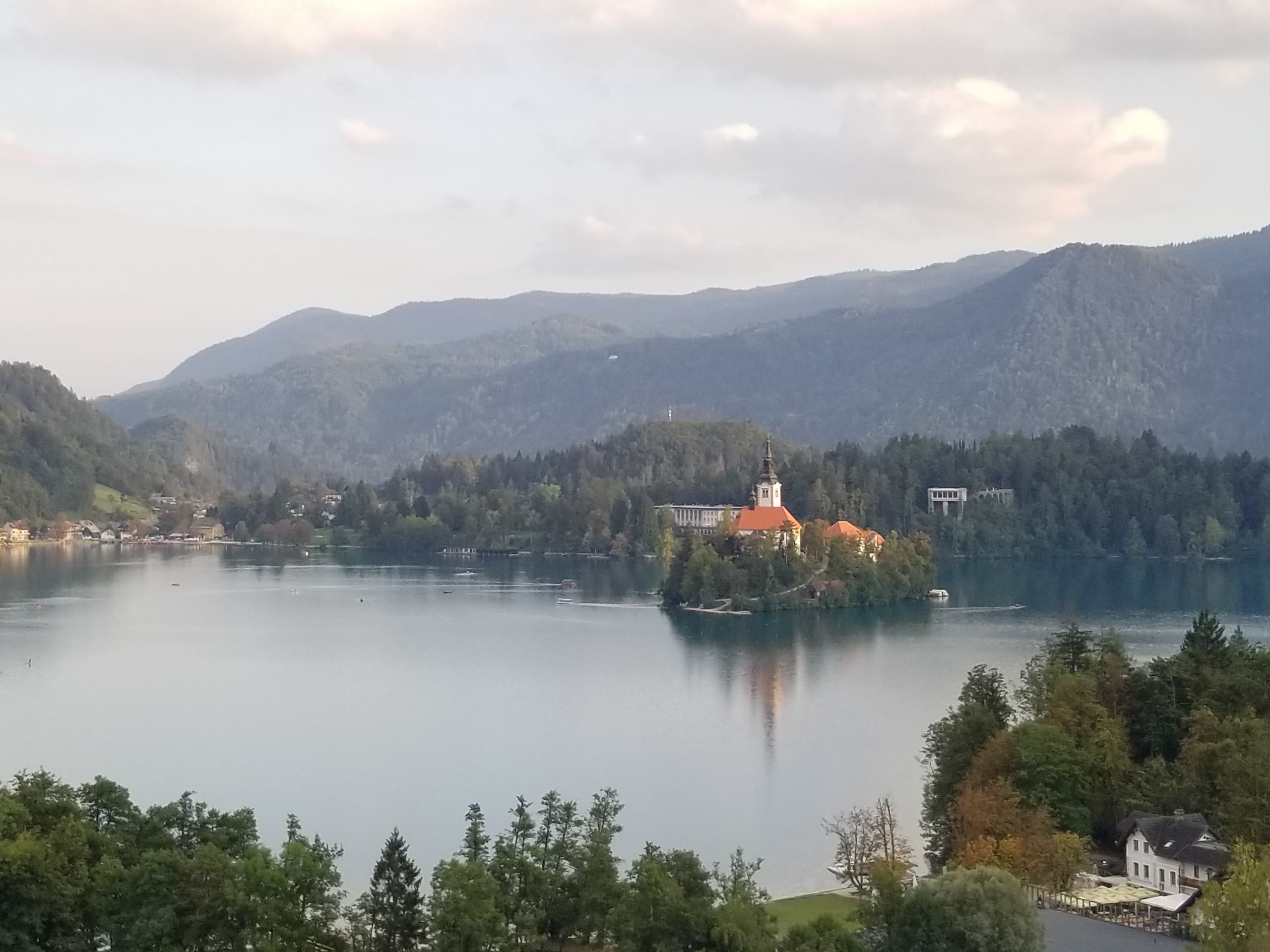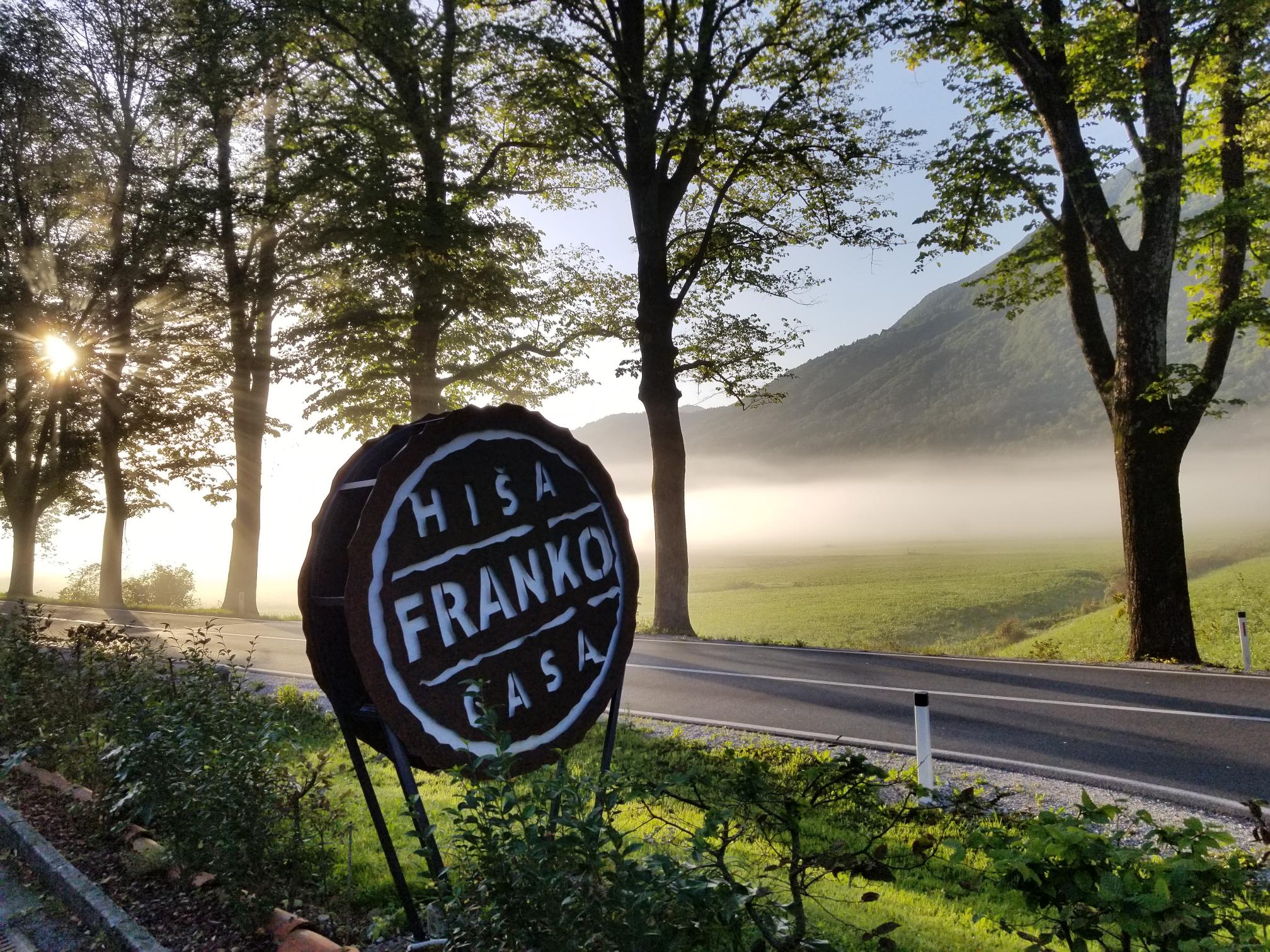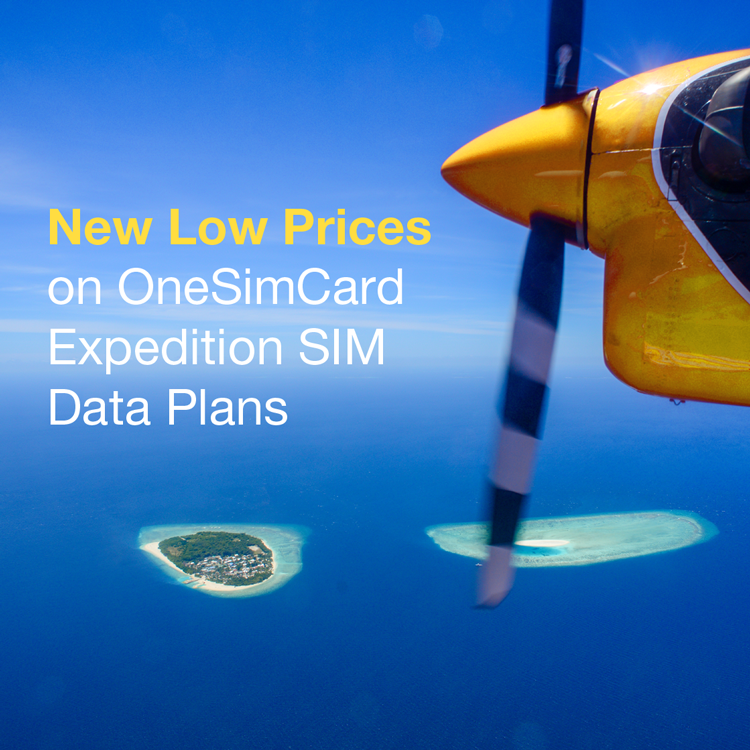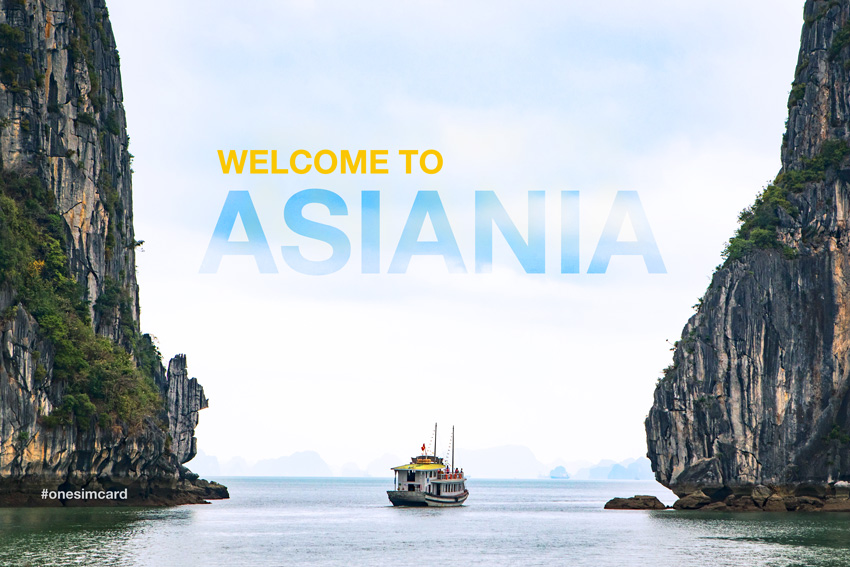
Traveling internationally is more accessible and common than ever, whether for leisure, business, or remote work. But one of the biggest challenges that persists for globetrotters is staying connected. From expensive roaming charges to the hassle of swapping physical SIM cards, traditional mobile connectivity methods can be cumbersome. Fortunately, eSIM (embedded SIM) technology is changing the game. In this blog, we explore why eSIMs are the best option for international travelers who want a seamless, cost-effective, and hassle-free way to stay connected.
What is an eSIM?
An eSIM, or embedded SIM, is a digital version of the traditional SIM card. Instead of inserting a physical card into your phone, tablet, or smartwatch, an eSIM is built into the device’s hardware. It allows you to download and activate a cellular plan directly onto your device via QR code or an app, without needing to handle any physical component.
Convenience and Ease of Use
One of the biggest advantages of using an eSIM when traveling internationally is convenience. Before you even step on the plane, you can purchase and install a local or regional data plan right from your device. There’s no need to search for a SIM vendor at the airport or navigate a new country without data access.
Additionally, many providers offer apps that allow you to compare plans, activate service, and manage usage—all within minutes. If you’re visiting multiple countries, you can easily switch between different eSIM profiles depending on your location and needs. Download the OneSimCard eSIM app for Apple or Android:
Cost Savings
Roaming charges can quickly add up, especially if you’re using your home carrier’s international data plan. eSIMs help eliminate these costs by allowing you to select local carriers or specialized travel data providers with far more competitive pricing.
For example, instead of paying $10 to $15 per day in roaming fees, you could activate a local eSIM plan offering several gigabytes of data for a fraction of the cost. With so many providers competing in the eSIM market, you’re likely to find a plan that fits both your budget and usage requirements.
Instant Activation
eSIMs offer immediate connectivity. Most providers allow you to activate your plan instantly by scanning a QR code or downloading a profile from their app. There’s no waiting period, no paperwork, and no need to visit a store.
This instant activation is especially useful for frequent travelers or business professionals who can’t afford downtime. You can be online within minutes of landing, ready to check maps, book transportation, or communicate with colleagues and loved ones.
Multiple Profiles and Easy Switching
Unlike physical SIMs, which require you to physically remove and replace cards, eSIMs let you store multiple profiles on your device. You can easily switch between different carriers and plans through your phone’s settings.
This is particularly helpful for travelers who are visiting multiple countries on one trip. Instead of juggling several SIM cards, you can switch between different eSIM plans with just a few taps.
Better Security and Durability
Because there is no physical card involved, eSIMs are less prone to damage or loss. Travelers often swap SIMs in airports or cafes, increasing the risk of losing their home SIM or damaging the card slot. eSIMs eliminate this concern entirely.
Additionally, eSIM profiles are encrypted and can be protected with passwords or biometric authentication, adding a layer of security to your mobile connectivity.
Wide Device Compatibility
Most modern smartphones, including recent models from Apple, Samsung, and Google, support eSIM technology. Wearables like smartwatches and some tablets also support eSIMs, making it easier than ever to stay connected across all your devices.
If your device supports dual SIM functionality (physical + eSIM), you can keep your home SIM active for calls and texts while using a local eSIM for data. This ensures that you don’t miss important messages or calls while benefiting from affordable data services.
Environmentally Friendly
eSIMs are also a greener alternative to traditional SIM cards. By going digital, we reduce the production, shipping, and disposal of plastic SIM cards and packaging. With millions of travelers worldwide, this small shift can make a big environmental impact over time.
Flexibility for Remote Workers and Digital Nomads
Remote work has become more prevalent, and many professionals are choosing to live a location-independent lifestyle. For digital nomads, staying connected is not a luxury—it’s a necessity.
eSIMs provide the flexibility needed for this lifestyle. With the ability to switch networks and manage plans from anywhere, remote workers can ensure stable internet connections for video calls, file transfers, and collaboration tools, no matter where they are in the world.
Access to Local Networks
When you use an eSIM with an international data provider like OneSimCard, you get access to that carrier’s full network coverage and speeds. This is often better than roaming through your home provider, which might partner with local carriers but offer throttled speeds or limited bandwidth.
Using a local network through an eSIM generally results in faster data speeds, more reliable coverage, and lower latency—all of which are important when navigating new environments or relying on cloud-based apps.
Tips for Using eSIMs While Traveling
- Check Device Compatibility: Ensure your phone or device supports eSIM functionality.
- Compare Providers: Use comparison websites or apps to find the best plan for your destination.
- Download in Advance: Activate your eSIM profile before leaving or while you still have access to Wi-Fi.
- Monitor Data Usage: Keep track of your data usage to avoid unexpected overages.
- Use Dual SIM if Available: If your device allows, keep your home SIM active for calls and use your eSIM for data.
Conclusion
Staying connected while traveling internationally no longer has to be expensive or inconvenient. eSIM technology offers a smarter, more flexible, and cost-effective solution for travelers. With instant activation, multiple plan options, and seamless switching between carriers, eSIMs have truly revolutionized how we connect abroad. Whether you’re a casual vacationer, a business traveler, or a full-time digital nomad, making the switch to eSIM can simplify your travel experience and keep you connected every step of the way. OneSimCard’s DataMax eSIM is a great choice if you are looking for low data rates in over 200+ global destinations!





